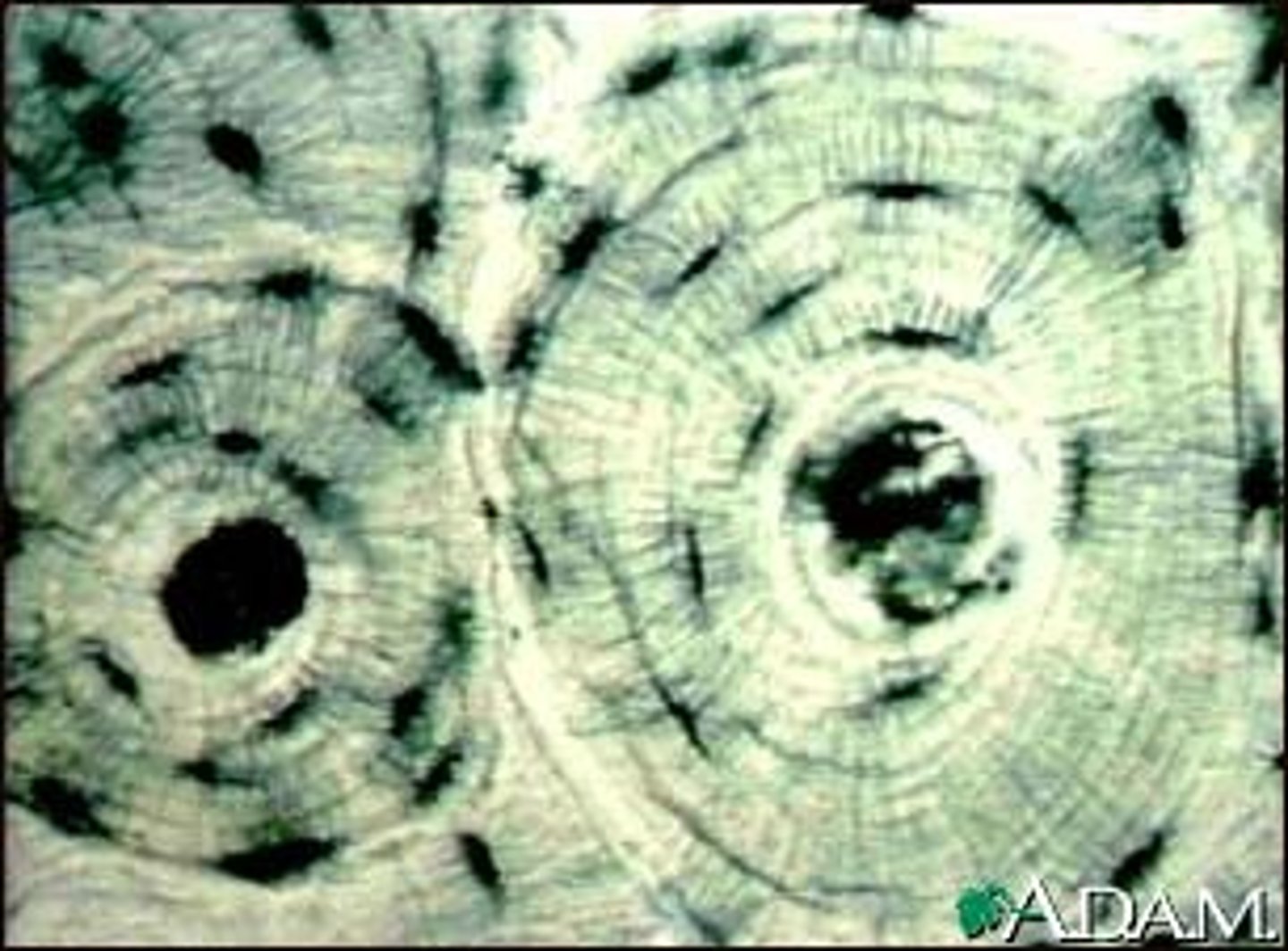Types of Tissues
1/16
There's no tags or description
Looks like no tags are added yet.
Name | Mastery | Learn | Test | Matching | Spaced |
|---|
No study sessions yet.
17 Terms
Four Types Of Tissue
Connective, Muscular, Epithelial, Nervous
Areolar
Wraps and cushions organs; its phagocytes engulf bacteria; plays important role in inflammation; holds and conveys tissue fluid
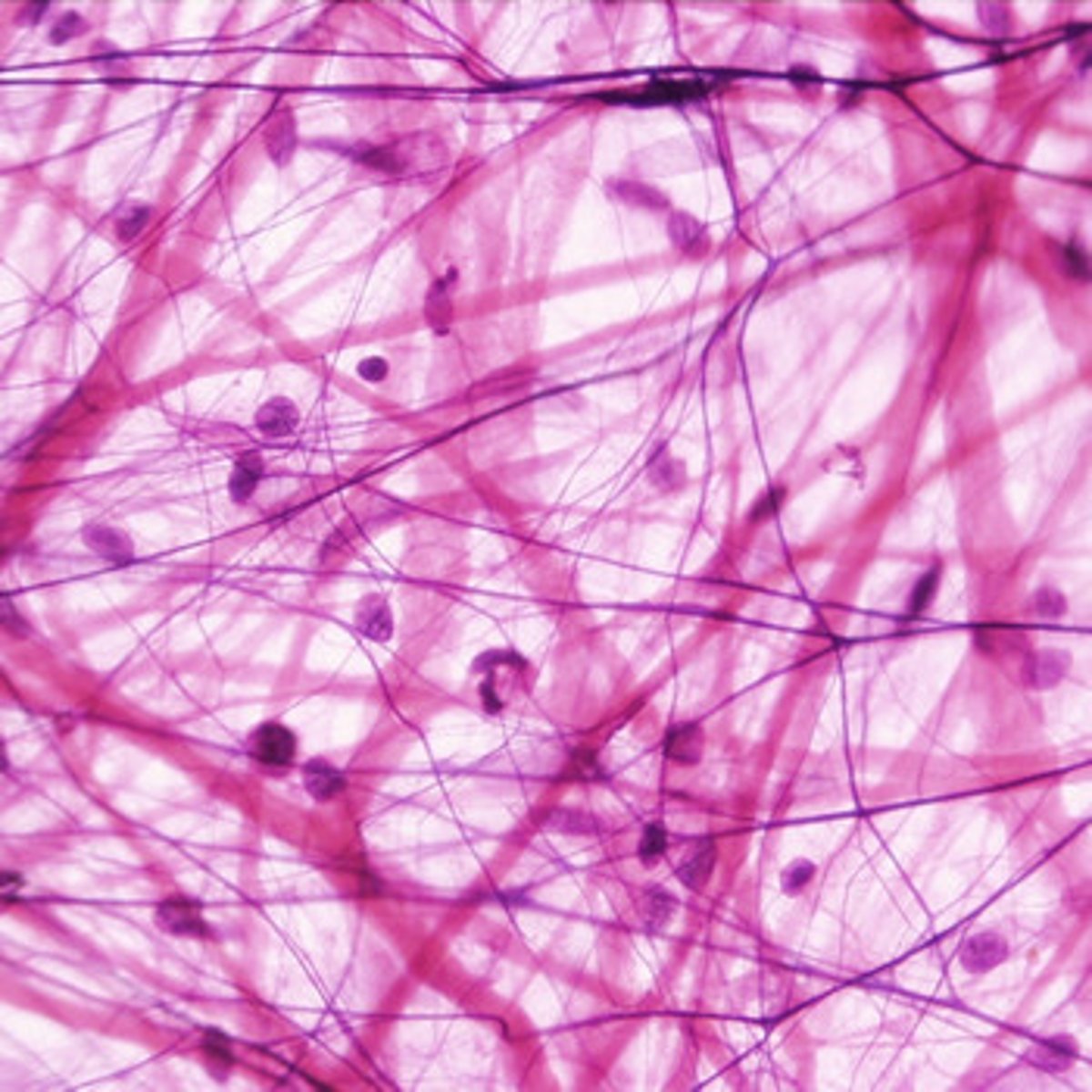
Stratified Squamous
Protects underlying tissues in areas subjected to abrasion
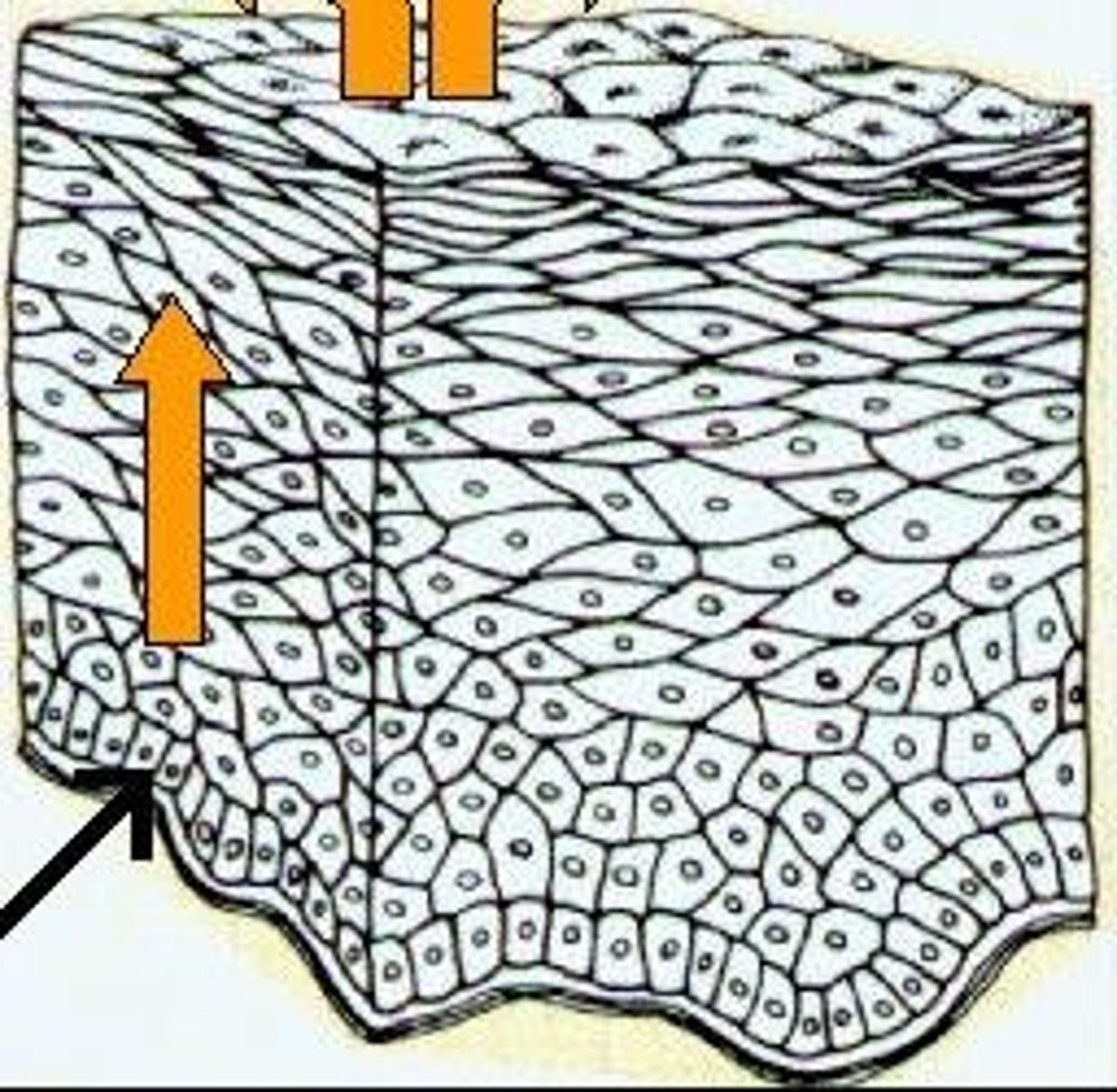
Pseudostratified
Secretion, particularly of mucus; propulsion of mucus by ciliary action
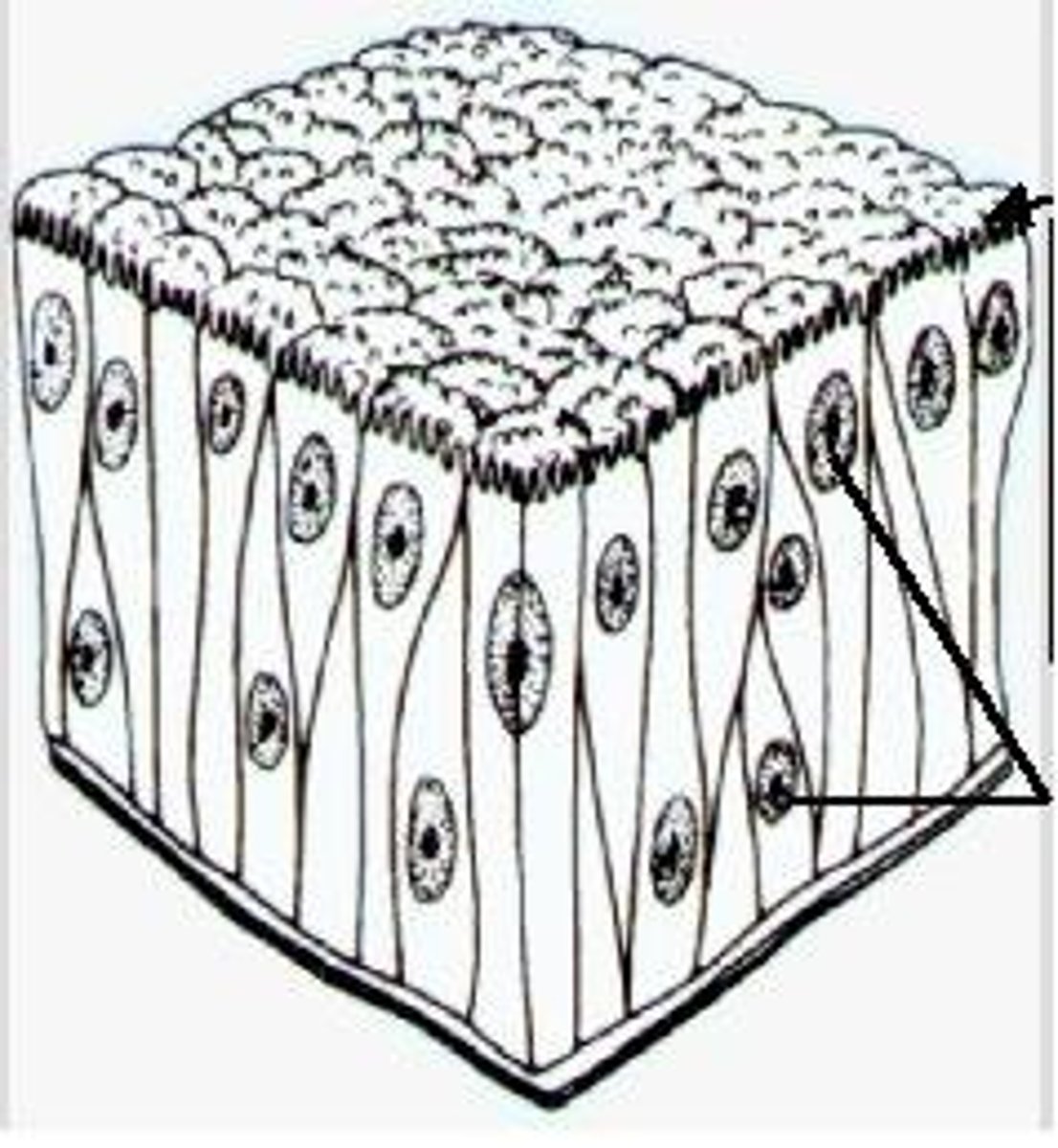
Simple Cuboidal
Secretion and absorption
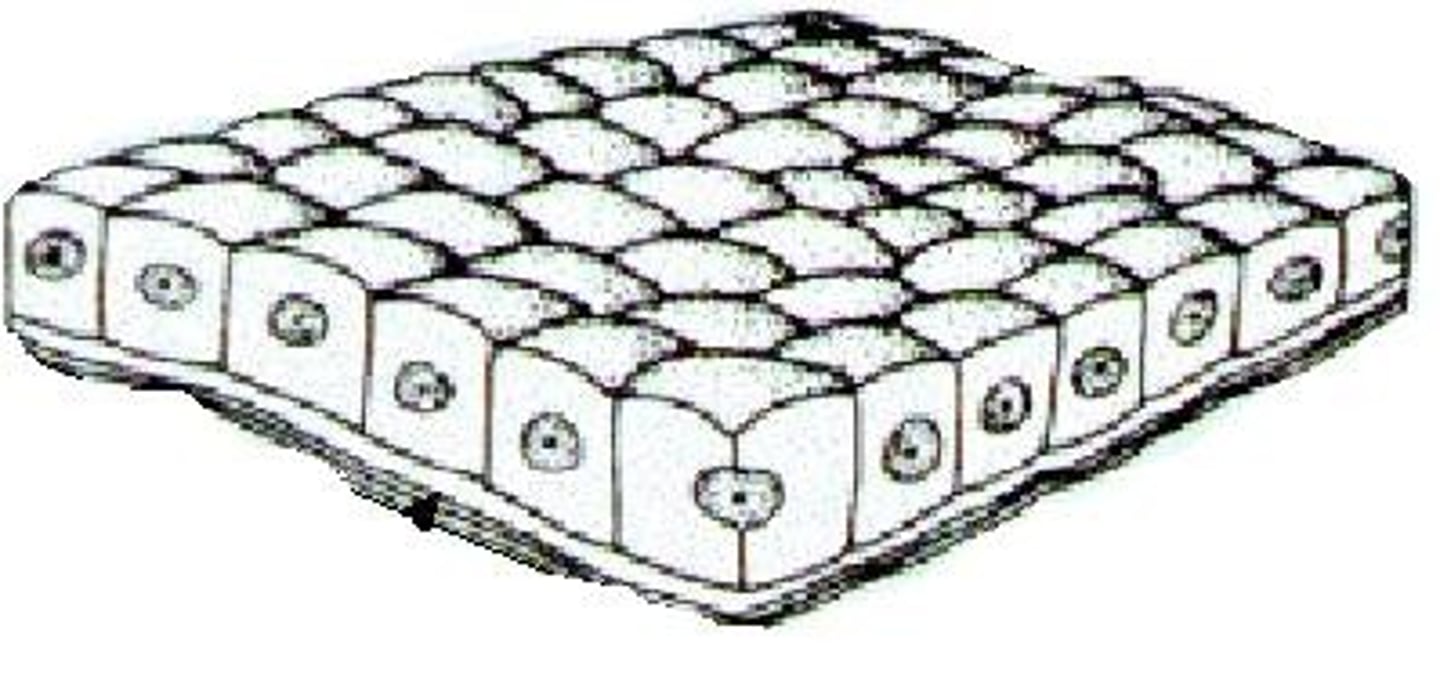
Transitional
Stretches readily and permits distension of urinary organ by contained urine

Simple Columnar
Absorption; secretion of mucus, enzymes, and other substances; ciliated type propels mucus by ciliary action
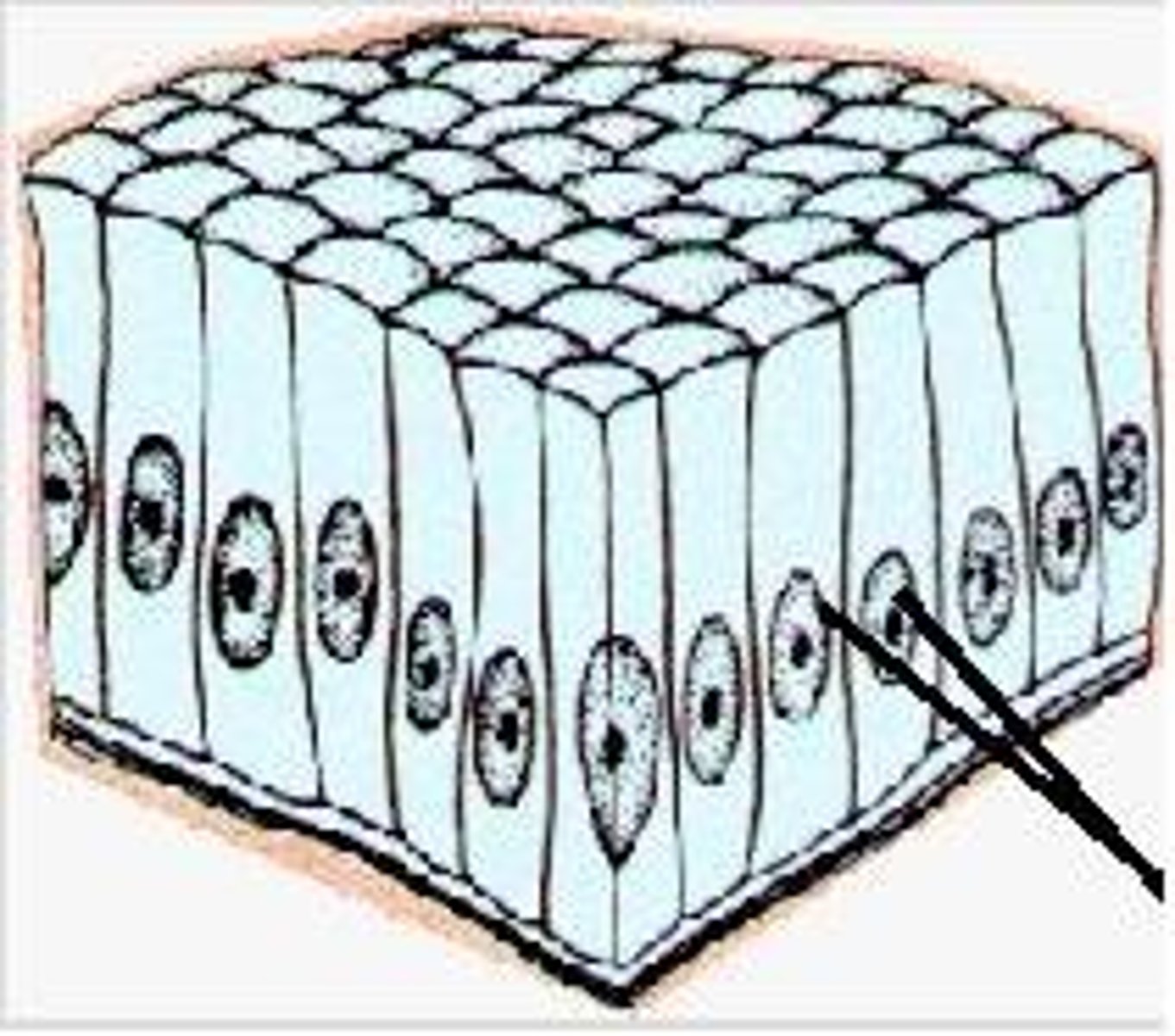
Adipose
Provides reserve food fuel; insulates against heat loss; supports and protects organs
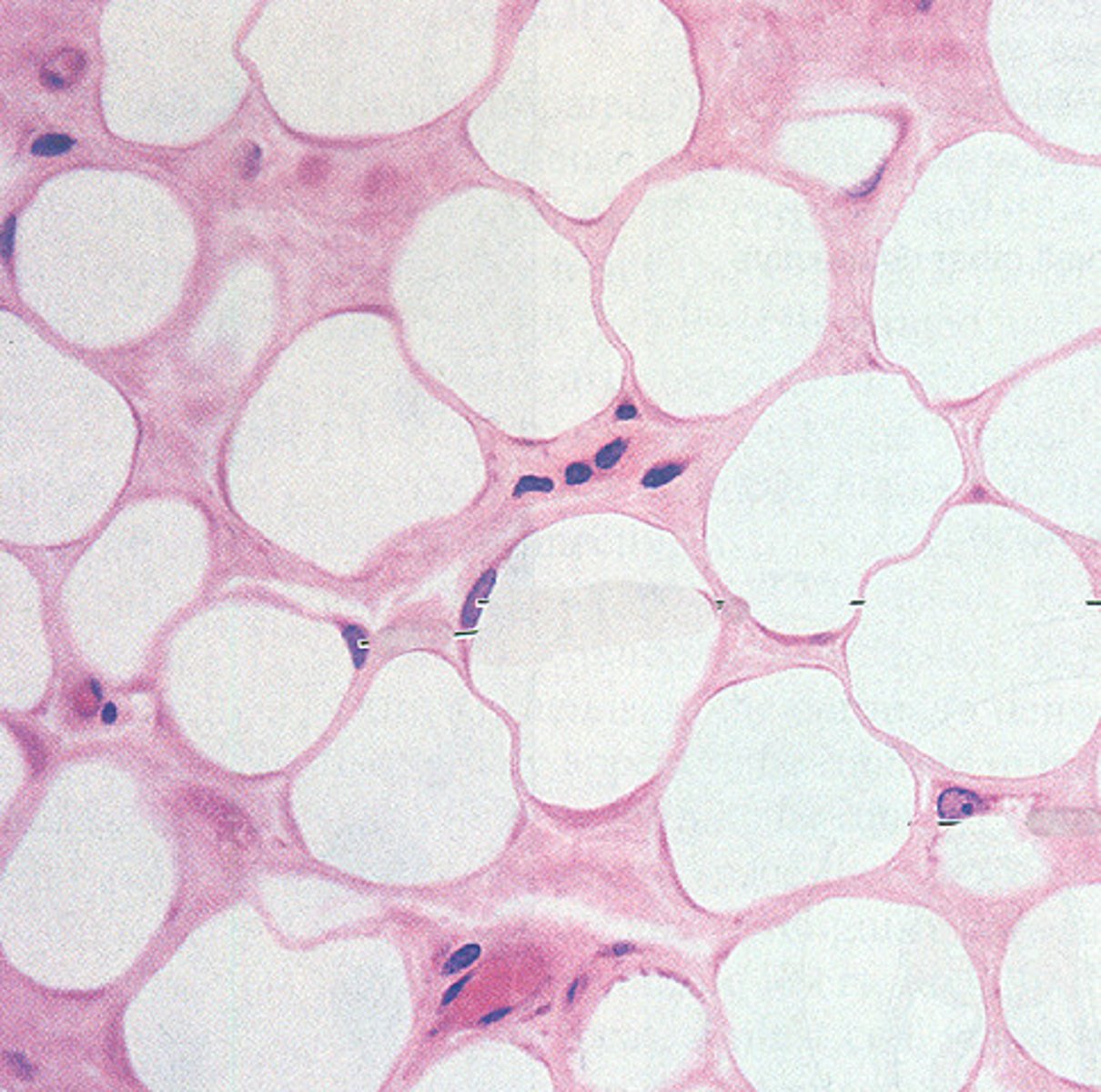
Reticular
fibers form soft internal skeleton (stroma) that supports other cell types
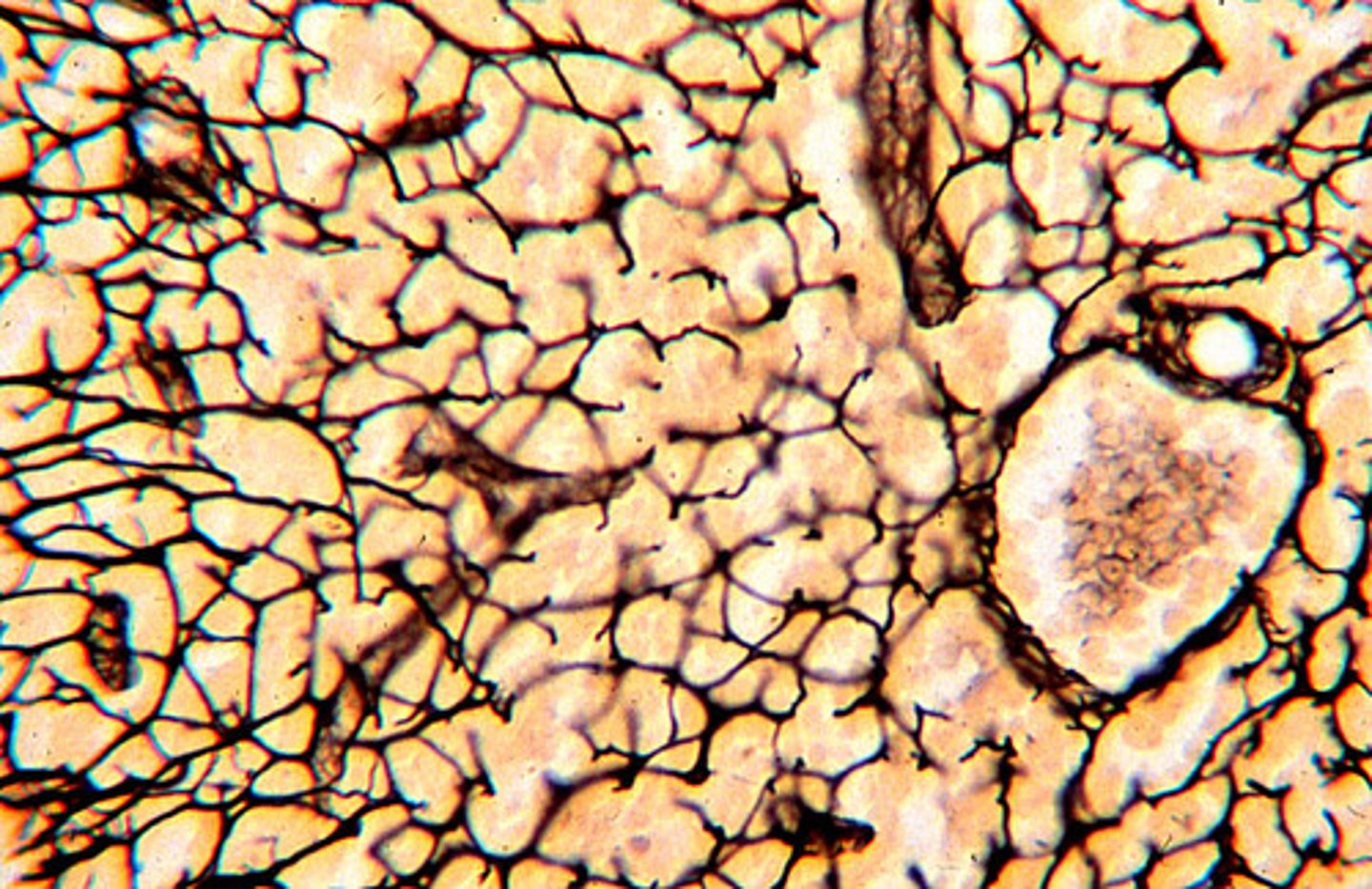
Dense Connective
Attaches muscles to bones or muscles; attaches bones to bones; withstands great ensile stress when pulling forces is applied in one direction
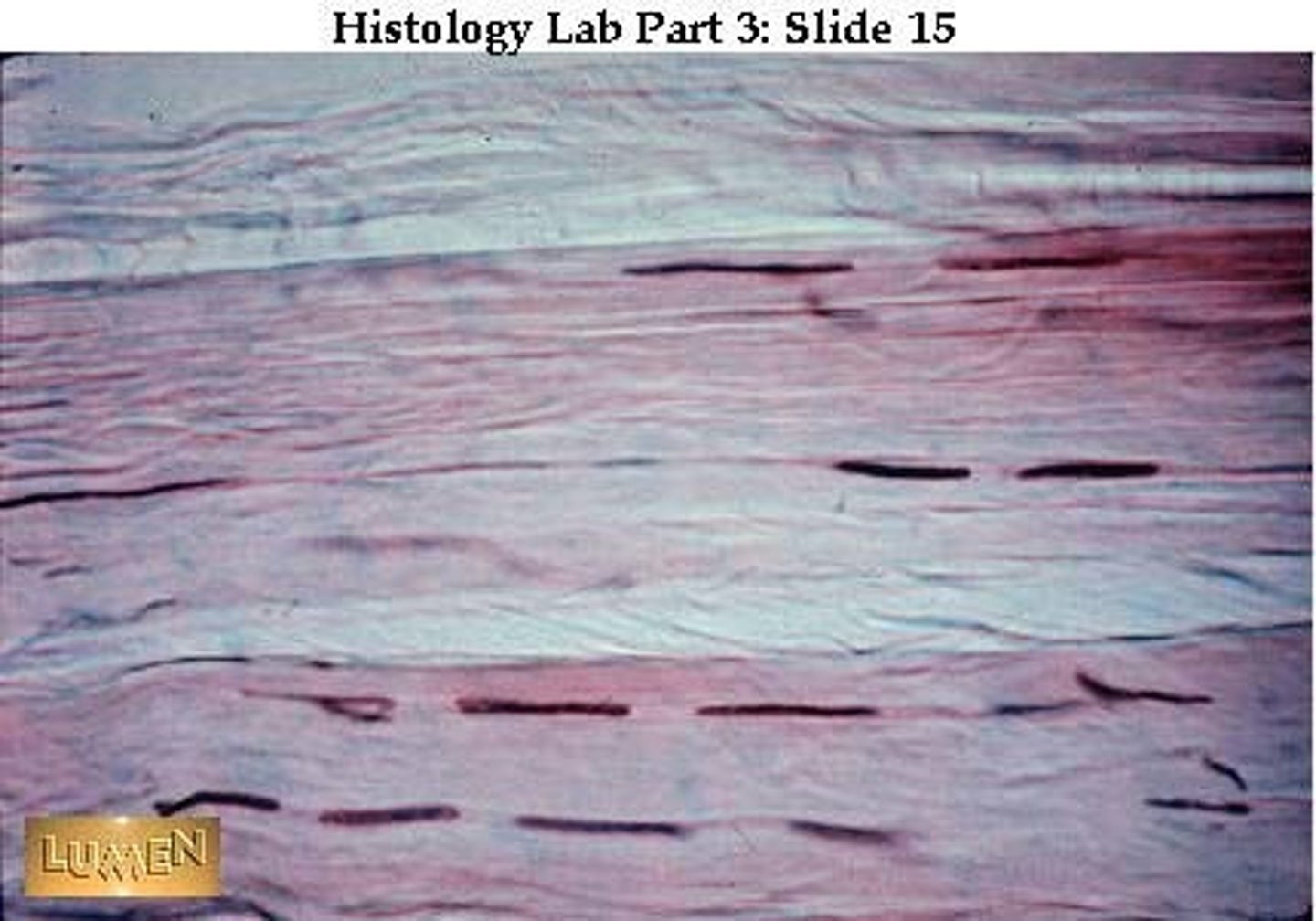
Hyaline Cartilage
Supports and reinforces; has cushioning properties; resists compression
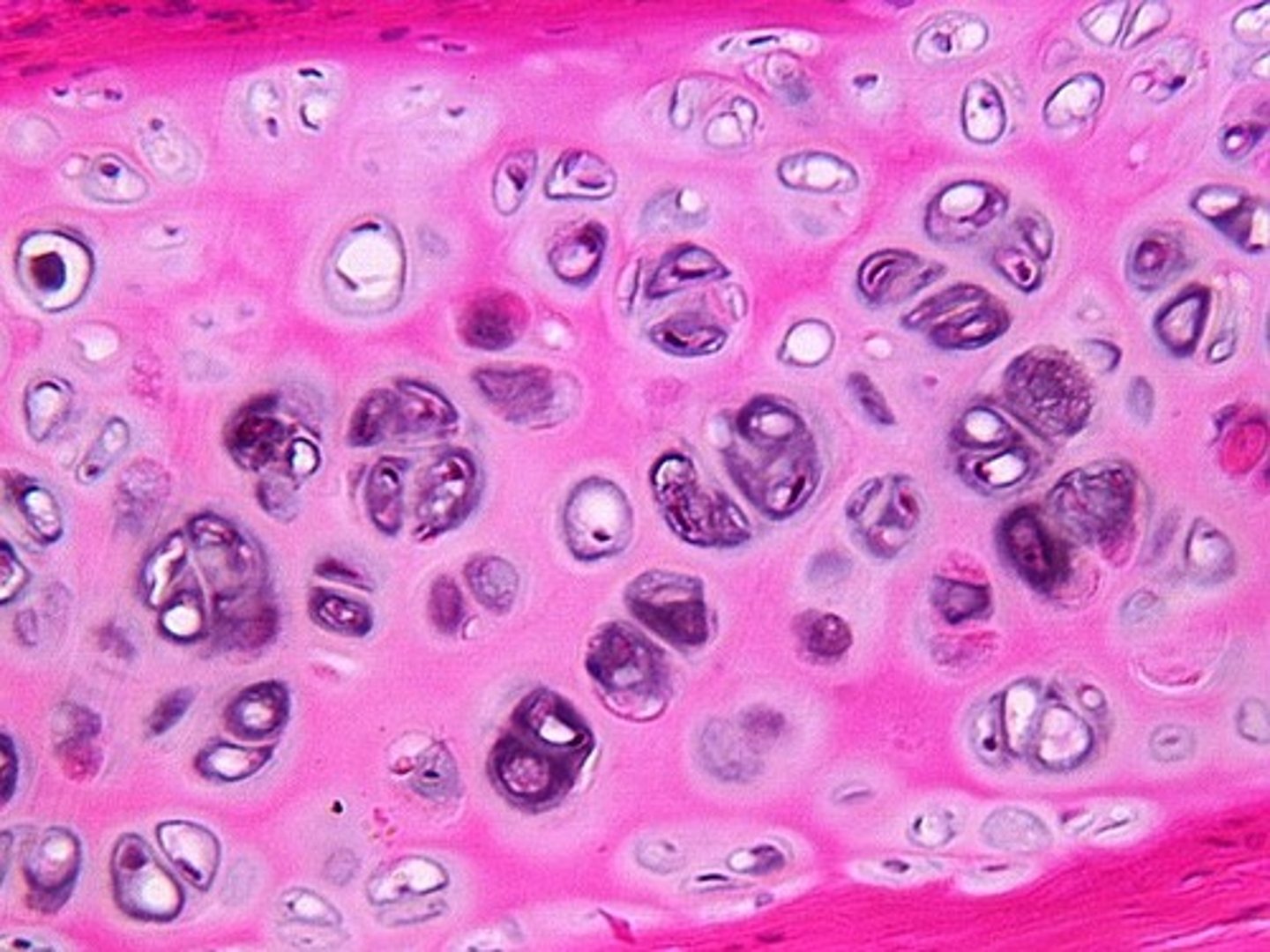
Skeletal
Voluntary movement; has striations
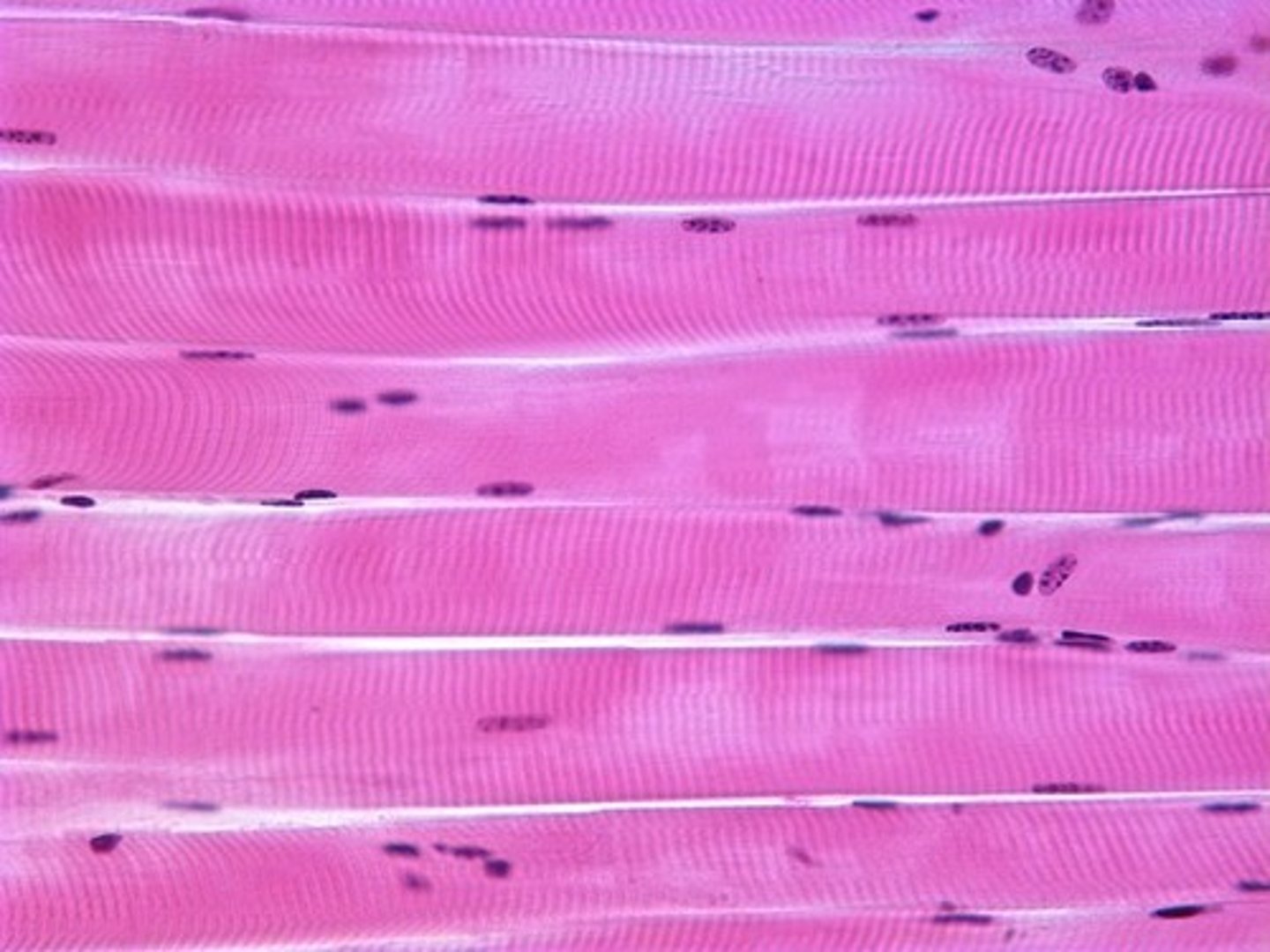
Nervous
Transmits electrical signals from sensory receptors and to effectors (muscle and glands) which control the activity
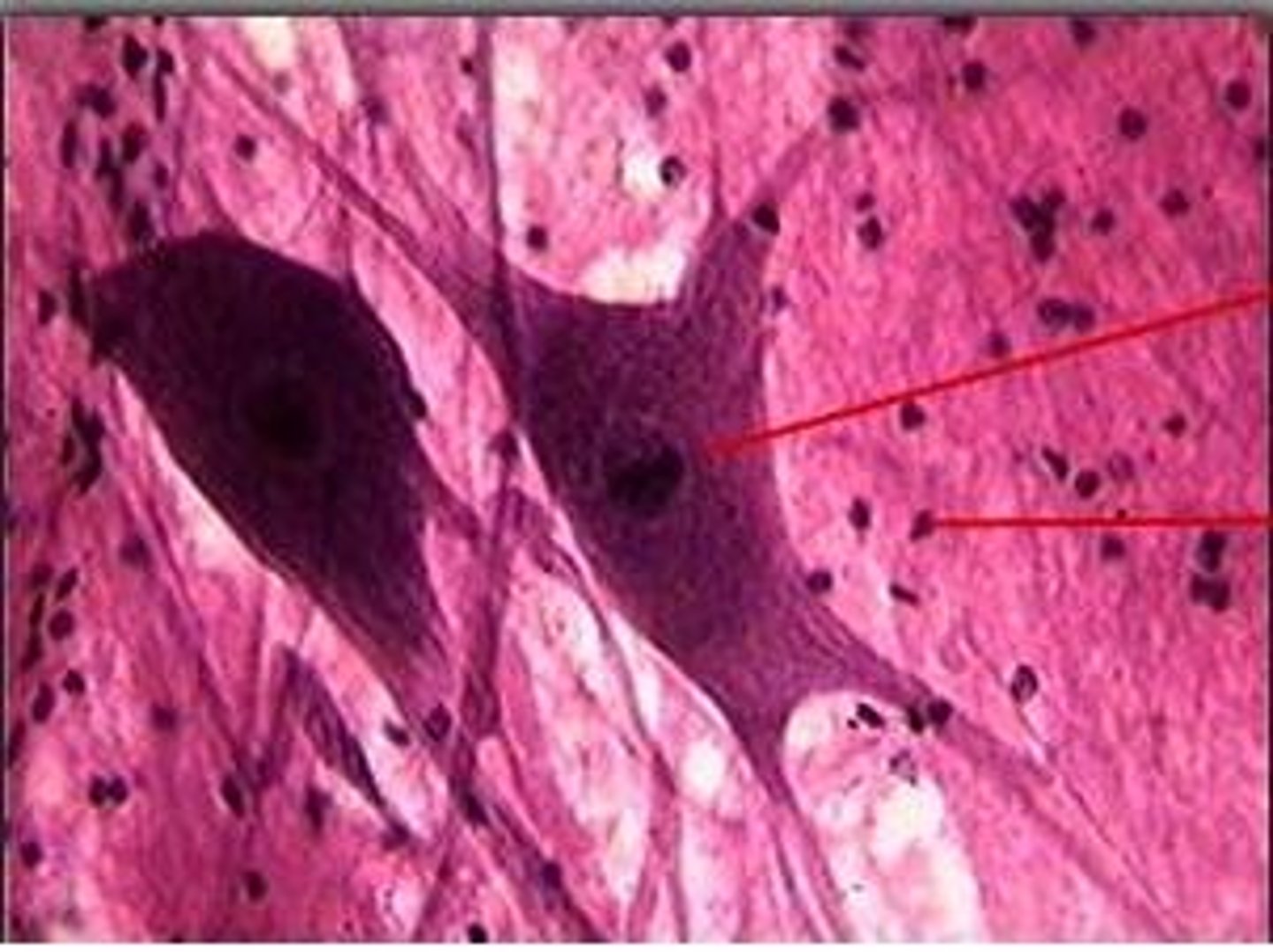
Smooth
Involuntary; no striations
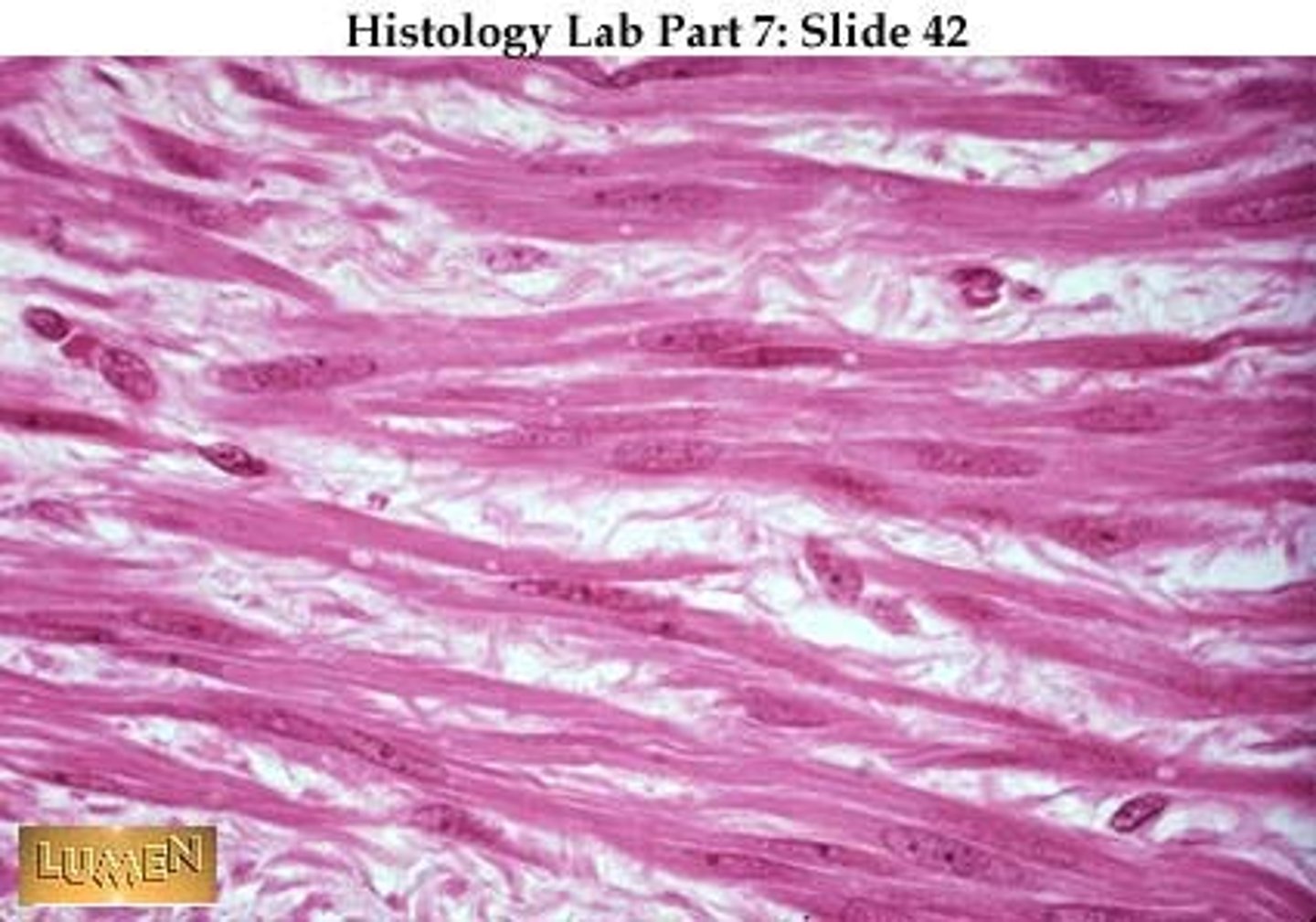
Cardiac
Involuntary movement; has striations and intercalated discs
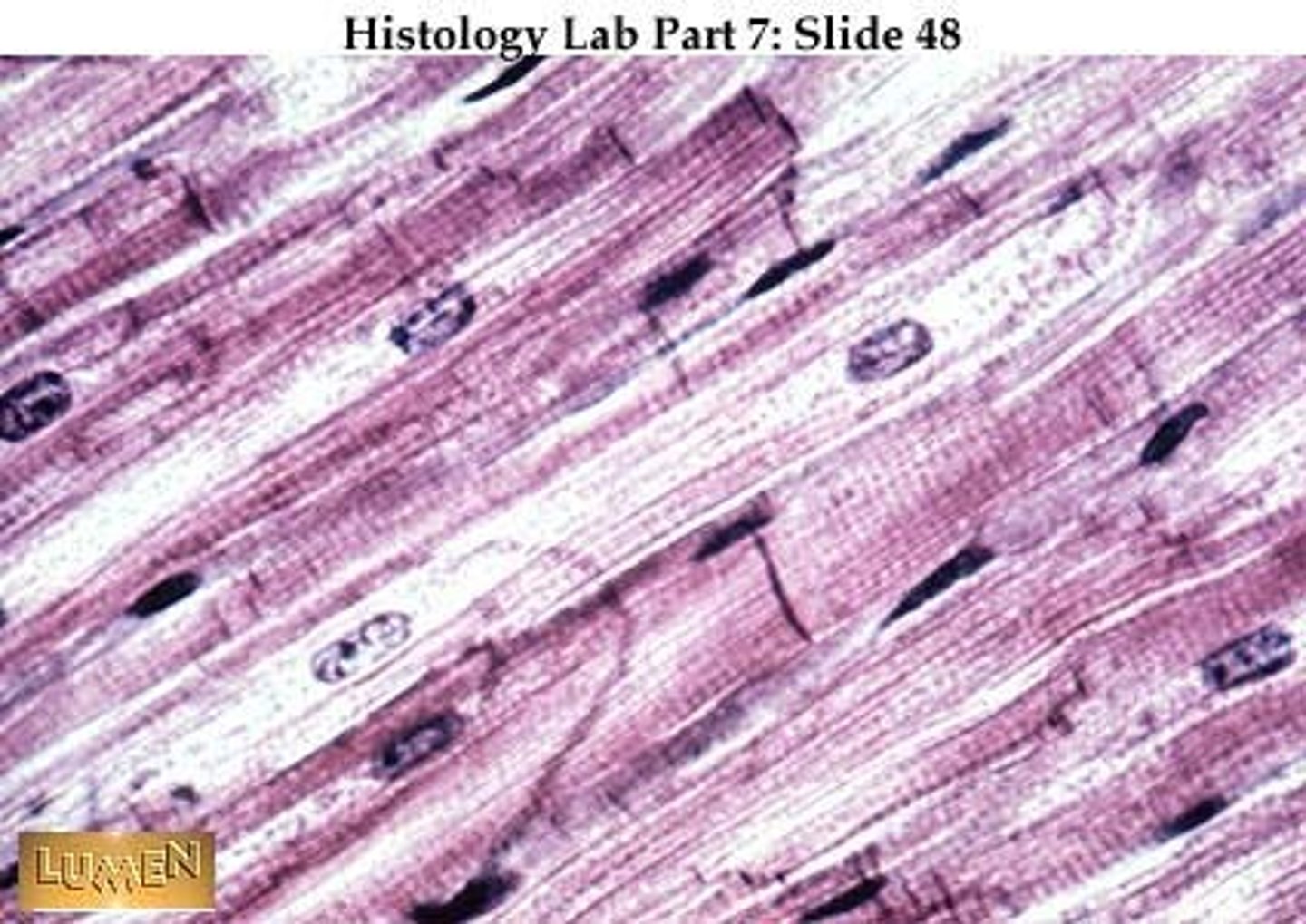
Simple Squamous
Allows passage of materials by diffusion and filtration in sites where protection is not important; may secrete lubrication substances
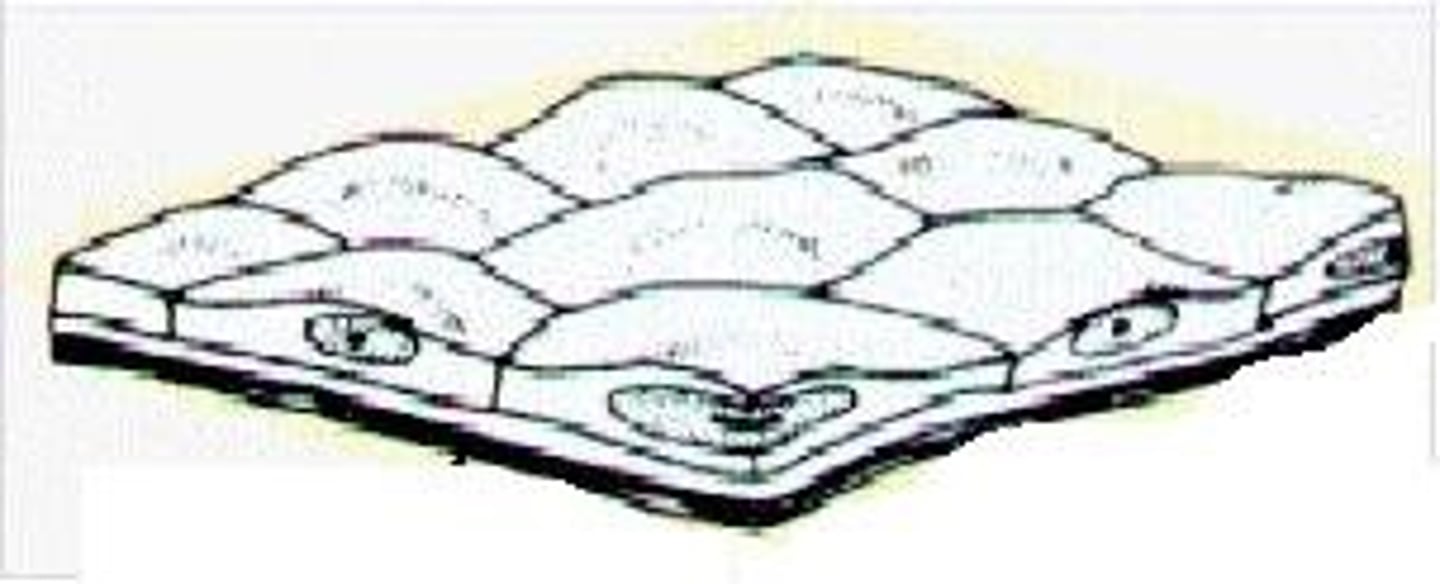
Bone (Osseous Tissue)
Supports and protects; provides levers for the muscles to act on; stores calcium and other minerals and fat; marrow inside bones is the site for blood cell formation (hematopoiesis)
